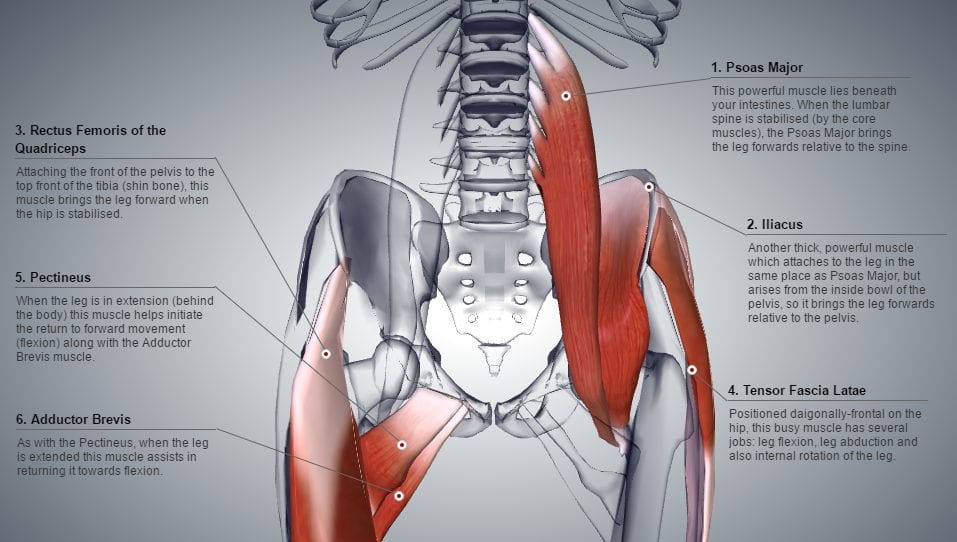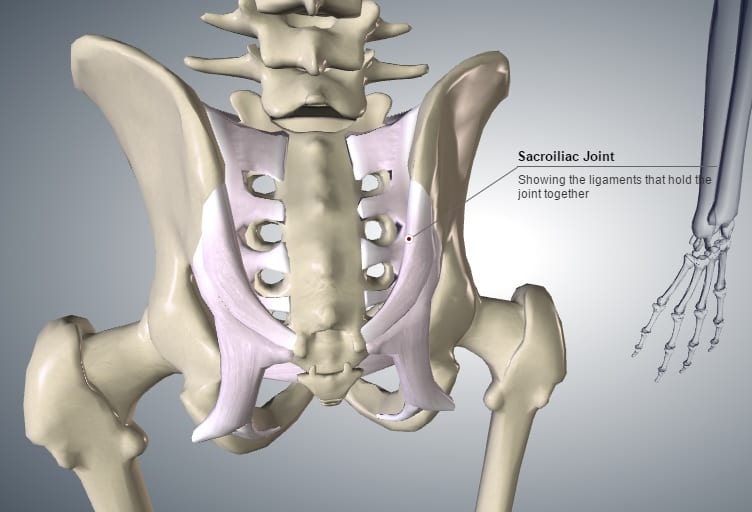
I believe that pelvic stabilisation is the absolute key to comfortable posture, easy movement on your legs, and high performance in sports.
A stable pelvis and hip region is essential for smooth walking, efficient running, riding a bike, lifting something off the ground, or even just sitting or standing. In the case of sitting and standing, it is especially important if it involves long periods of an hour or more – basically an endurance event.
If the pelvis is out of balance some muscles become short, tight, and over-active; and others become long, weak, and under-active.
Here in Melbourne I see a lot of office workers who are sitting for long periods and may have a glute max that is totally asleep at the wheel. It is especially important to reactivate it if they are playing sports on the weekend, or exercise regularly.
Imagine suddenly gaining a 10–25% increase in running strength or sprinting power. I’ve heard stories about athletes getting a pelvic stabilisation treatment, then going out and smashing a personal best.
Or imagine your long-standing lower back pain suddenly disappearing. One of my favourite instructors, Dr Erik Dalton, famously says, “if the back hurts, it’s the butt’s fault.” If your glute max isn’t working then your lower back muscles are working overtime.
If your gluteus maximus muscle is under-active or inhibited, then in therapy we can use the pelvic stabilisation protocol to reawaken it and bring it back to full function.

Or, if you have a groin strain, we could inhibit and relax the activity of the strained muscle so it can heal.
In some cases we may identify that the sacroiliac or hip socket joints are fixated or have restricted range of motion, causing the muscle to stress out as they pull against the immovable joint.
I use a toolbox of assessment techniques to zero-in on where problem muscle or joints are and how they are functioning. For example a glute max coordination test will often reveal that the lower back and hamstring muscles are compensating for the sleeping glute max.
Having identified the problems, we create a tailored treatment plan to get you back to peak performance and pain free living.
Here’s an example of the type of assessment we might do—

